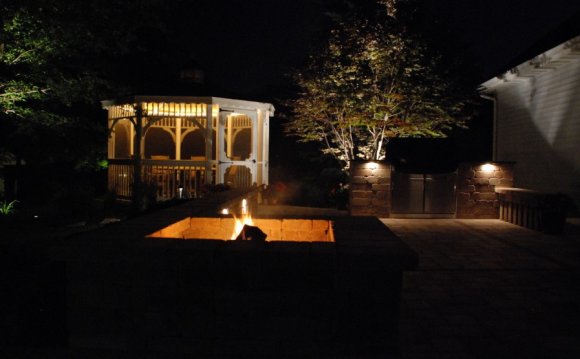
Recently published in Educational Facility Planner, the professional journal of the Association for Learning Environments, “The Evolution of Outdoor Education for Schoolchildren”, by Carol Henry, reflects on the evolution of outdoor education in schoolyards.
While thoroughly embraced by private schools like the Montessori and Waldorf models, the notion of using the schoolyard for outdoor education has been sluggish in adopting by public schools. Although the idea may be accepted, for many school districts the curriculum, maintenance, and funding necessary to support it have been slow to fully develop.
While sluggish in some areas of public education, especially with middle- and high school-level programs, in others outdoor learning environments are making great strides impacting children across the country. In Colorado, Denver Public Schools has provided support and funding to implement its innovative Learning Landscape Schoolyards in each of its 98 elementary schools. Other programs around the nation include the Boston Schoolyard Initiative as well as New York City's and Trust for Public Land’s Schoolyard to Playground Initiative. Like these, many have made breakthroughs in elementary school-level outdoor learning opportunities and reconnecting schools with their communities.
Increasingly, entities such as the lottery-funded Great Outdoors Colorado (GOCO) and The Colorado Health Foundation are stepping in to provide sources of funding for outdoor learning initiatives. Between 2013 and 2016, GOCO offered School Play Yard Initiative Grant that “creates safer, more active play areas and environments for outdoor learning at schools.”
Design Concepts has long been a champion of expanding the boundaries of learning opportunities in the schoolyard.
The 1980s
In the 1980s, we saved one of the last sections of undisturbed native prairie for a Jefferson County, Colorado, elementary school outdoor learning area and created native learning areas to transition between the mountainous forest and a new elementary school in Nederland, Colorado.
The 1990s
In the ‘90s, we turned a potentially sterile detention area for a large middle school into a biodiverse outdoor learning lab with thriving wetland plants and plentiful wildlife. In 1990 in Boulder, we designed the transformation of an elementary school’s concrete drainage swale into a thriving wetland, observation deck, boardwalk, and outdoor classroom. This wetland area survived the massive Colorado floods in 2013, while the surrounding areas were devastated. The floods were described as 1, 000-year rain and a 100-year flood, occurring over 8 stormy days, causing devastation from the eastern side of the continental divide to the Colorado/Kansas border.















